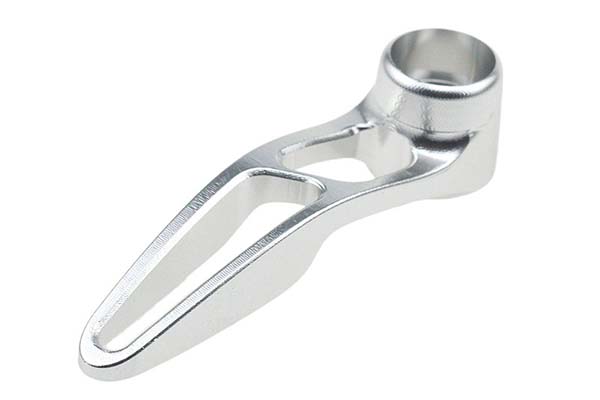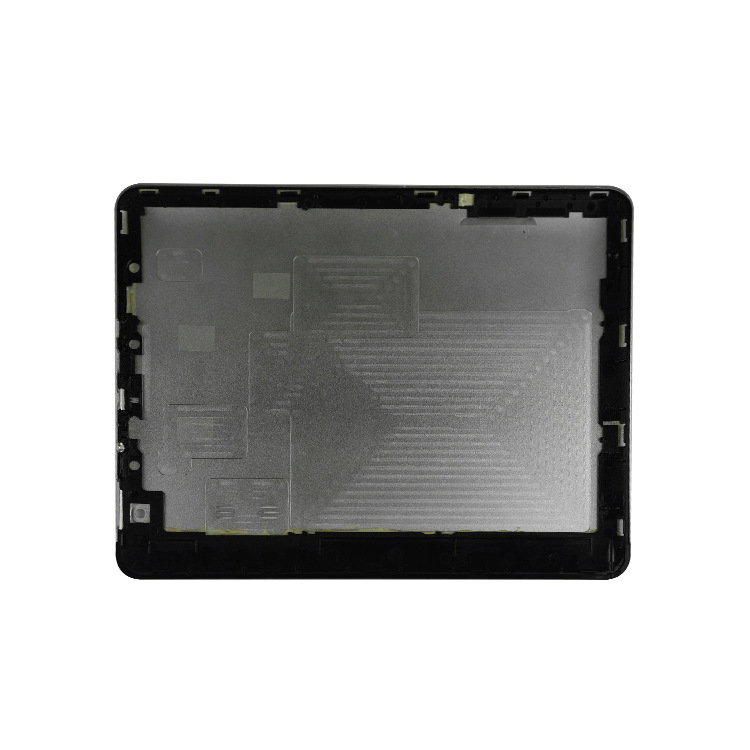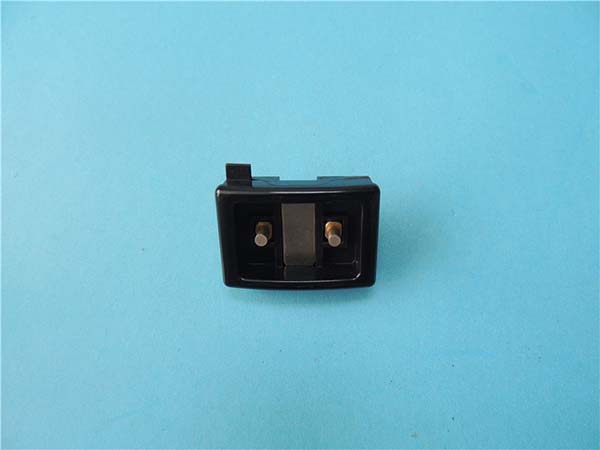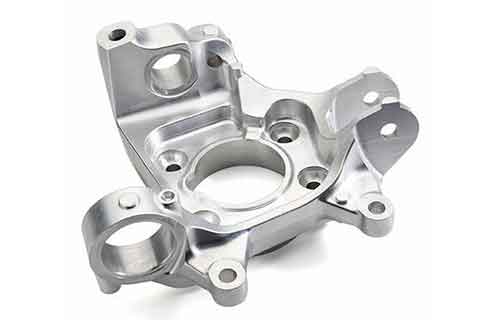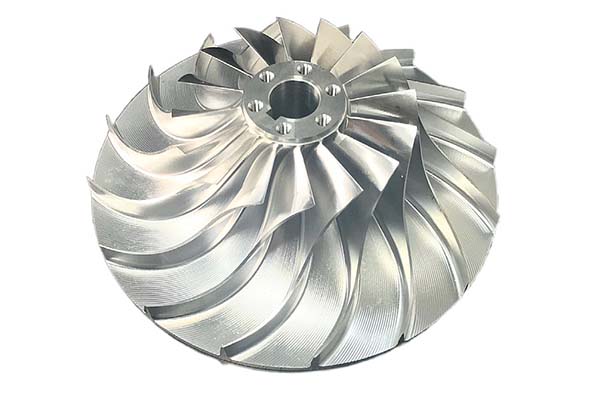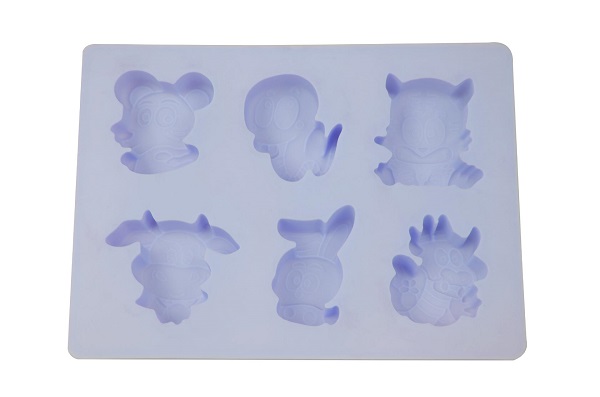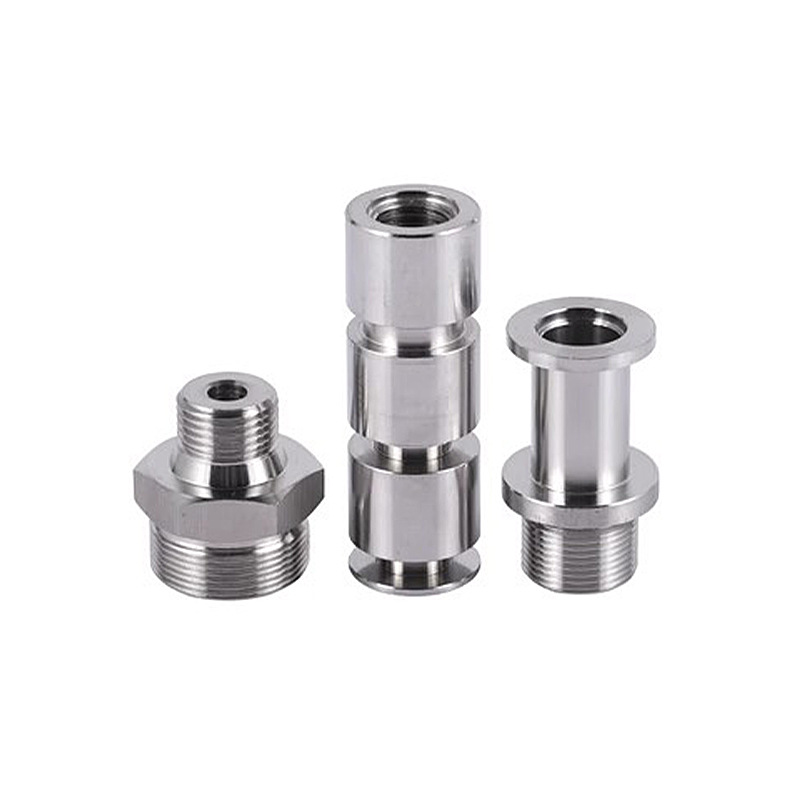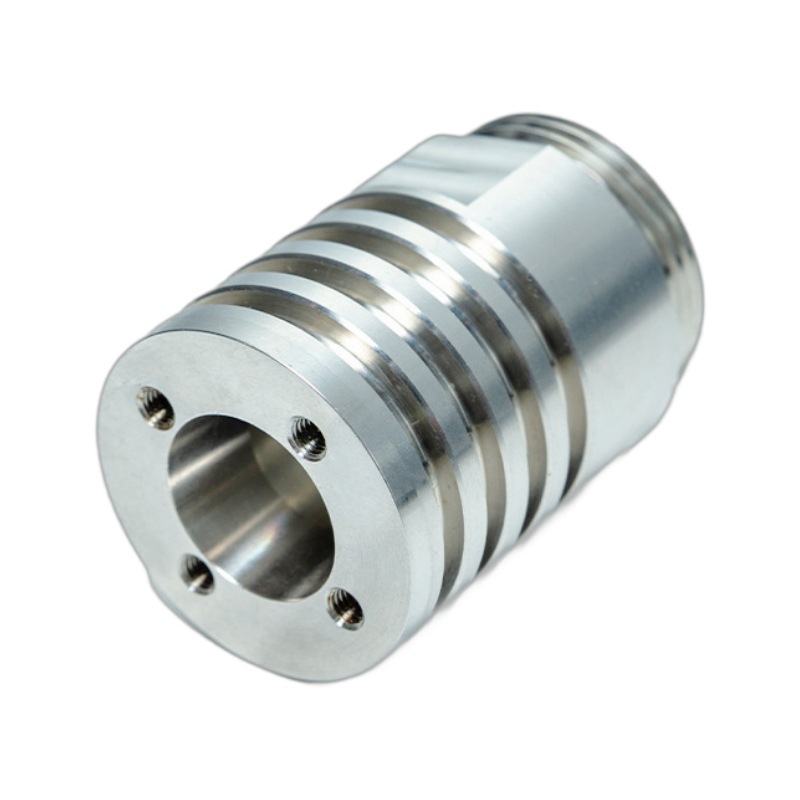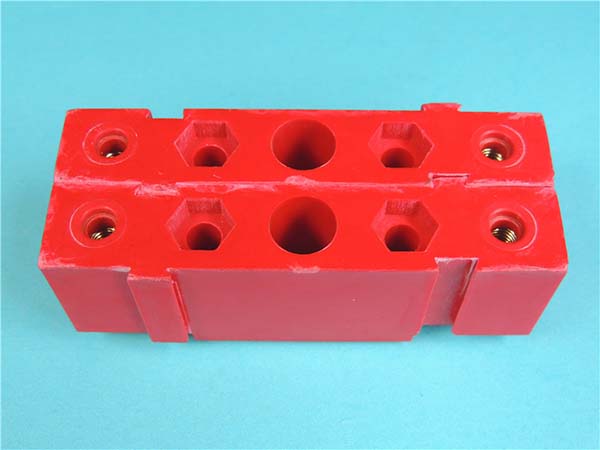Grade 5 titanium, known interchangeably as Ti-6Al-4V or TC4, stands as the most widely used titanium alloy in industrial applications. Its exceptional strength-to-weight ratio, combined with impressive corrosion resistance, makes it a cornerstone material in aerospace, medical, and high-performance engineering. However, machining this alloy presents unique challenges—from its high strength to poor thermal conductivity. This guide explores the critical aspects of CNC machining Grade 5 titanium, offering actionable insights to overcome common hurdles.
Material Composition of Ti-6Al-4V (TC4)
Alloy Makeup and Key Properties
The alloy composition of Ti-6Al-4V is precisely defined: 90% titanium, 6% aluminum, and 4% vanadium. This blend classifies it as an alpha-beta titanium alloy, where aluminum stabilizes the alpha phase (enhancing strength) and vanadium stabilizes the beta phase (improving toughness). The resulting microstructure—a mix of alpha and beta grains—gives TC4 a tensile strength of 895–965 MPa, significantly higher than unalloyed titanium grades like Grade 2.
Chemical properties of TC4 include excellent corrosion resistance, even in aggressive environments such as saltwater or industrial chemicals. Its density of 4.43 g/cm³ offers a 40% weight savings compared to steel, a critical advantage in aerospace and automotive applications. However, its thermal conductivity (7.6 W/m·K) is roughly 1/5 that of steel, meaning heat generated during machining concentrates at the cutting zone—accelerating tool wear.
How Composition Affects Machinability
The aluminum and vanadium in TC4 increase its hardness (36 HRC) and work-hardening tendency. Unlike unalloyed titanium, which deforms uniformly, TC4’s beta phase creates localized hardness spikes during cutting. This leads to 30–50% faster tool wear compared to machining Grade 2 titanium, even with optimized parameters. A comparative study found that TC4 requires 25% higher cutting forces than Grade 4 titanium, demanding robust machining setups.
Machining Techniques for Ti-6Al-4V (TC4)
Essential Cutting Tools and Parameters
CNC machining of TC4 demands specialized cutting tools and precise machining parameters. Carbide tools—preferably micro-grain varieties with TiAlN or AlTiN coatings—are mandatory. These coatings reduce friction and withstand temperatures up to 1,100°C, critical for managing the heat buildup in TC4. In testing, TiAlN-coated carbide end mills lasted 40% longer than uncoated tools when milling TC4.
Key machining parameters vary by operation:
- Milling: Use cutting speeds of 50–100 m/min with feed rates of 0.05–0.15 mm/tooth. Trochoidal milling—where the tool follows a circular path—reduces engagement time, lowering heat and extending tool life by 30%.
- Turning: Opt for cutting speeds of 60–90 m/min and feed rates of 0.1–0.2 mm/rev. Positive rake inserts minimize cutting forces, reducing work hardening.
- Drilling: Through-coolant carbide drills with a 140° point angle are ideal. A feed rate of 0.1–0.15 mm/rev and speed of 30–50 m/min prevent chip welding.
Advanced Machining Strategies
Grinding TC4 requires diamond abrasives due to its hardness. Coolant flow rates of 20–30 L/min are necessary to prevent thermal damage to the workpiece. For complex geometries, 5-axis machining systems maintain consistent tool engagement, avoiding interrupted cuts that exacerbate work hardening. A case study on aerospace brackets showed that 5-axis machining reduced cycle times by 20% while improving surface finish compared to 3-axis methods.
Material Applications of Ti-6Al-4V (TC4)
Industrial and High-Performance Uses
Aerospace components represent the largest application for TC4, including airframe parts, engine components, and landing gear. Its strength-to-weight ratio reduces aircraft fuel consumption by up to 15%. In the medical field, medical implants such as hip stems and spinal rods leverage TC4’s biocompatibility and fatigue resistance—its modulus of elasticity (110 GPa) closely matches human bone, reducing stress shielding.
Automotive parts like racing suspension components and exhaust systems benefit from TC4’s heat resistance (up to 300°C). Industrial machinery uses the alloy for valves and pumps in corrosive environments, while sports equipment—such as bicycle frames and golf club heads—capitalizes on its lightweight strength. Even consumer products like high-end watches and camera bodies utilize TC4 for its durability and aesthetic appeal.
Custom Solutions for Specialized Needs
High-performance applications often require custom-machined TC4 parts. For example, Formula 1 teams use TC4 for brake calipers, where its 600°C heat resistance and low weight enhance braking efficiency. In renewable energy, wind turbine pitch controls rely on TC4’s corrosion resistance to withstand offshore conditions.
Quality Assurance for Ti-6Al-4V (TC4) Machining
Precision and Inspection Standards
Precision machining of TC4 demands tight tolerance levels—typically ±0.005 mm for aerospace components. Achieving this requires thermal stability in machining environments, as TC4 expands 9.5 μm/m·°C. Dimensional accuracy is verified using coordinate measuring machines (CMMs) with laser scanning, ensuring compliance with design specifications.
Surface finish requirements vary by application: aerospace parts often need Ra < 1.6 μm to minimize drag, while medical implants require Ra < 0.8 μm to reduce tissue irritation. Inspection methods include:
- Ultrasonic testing to detect subsurface defects.
- Eddy current testing for surface cracks.
- Optical profilometry to validate surface roughness.
Quality Control Protocols
Quality control begins with material certification—verifying the alloy’s composition via spectrometric analysis. In-process checks, such as tool wear monitoring and coolant flow verification, prevent defects. Post-machining, metrology equipment like vision systems ensures 100% inspection of critical features. Compliance with ISO 9001 and AS9100 standards guarantees consistent quality across production runs.
Technical Standards for Ti-6Al-4V (TC4)
Compliance and Material Specifications
ASTM standards govern TC4 usage: ASTM B348 covers titanium alloy bars, while ASTM F136 specifies requirements for medical-grade Ti-6Al-4V. ISO standards such as ISO 5832-3 (medical implants) and ISO 13355 (aerospace materials) further define quality criteria.
Technical data sheets for TC4 include key metrics: tensile strength (≥895 MPa), elongation (≥10%), and hardness (30–36 HRC). These grade 5 specifications ensure material consistency across suppliers. Certification—including material test reports (MTRs) and traceability documentation—is mandatory for critical applications, providing a complete record from raw material to finished part.
Yigu Technology's Perspective
At Yigu Technology, we specialize in CNC machining Ti-6Al-4V (TC4) for demanding industries. Our expertise includes optimizing cutting parameters to reduce tool wear—using high-pressure coolant (70 bar) and trochoidal milling to manage heat buildup. We maintain strict quality control via CMM inspection and ultrasonic testing, ensuring compliance with ASTM and ISO standards. Whether producing aerospace components or medical implants, our focus on precision and material integrity delivers TC4 parts that meet the most rigorous performance requirements.
FAQs
Q1: Why is Ti-6Al-4V (TC4) more difficult to machine than unalloyed titanium?
A1: TC4’s higher strength, work-hardening tendency, and low thermal conductivity make it harder to machine. It generates more heat at the cutting zone, accelerating tool wear, and requires specialized tools and parameters to avoid defects.
Q2: What surface finish can be achieved when machining TC4?
A2: With proper tooling and parameters, TC4 can achieve surface finishes as low as Ra 0.4 μm. Aerospace applications typically require Ra < 1.6 μm, while medical implants often need Ra < 0.8 μm for biocompatibility.
Q3: Which standards govern the quality of Ti-6Al-4V (TC4) parts?
A3: Key standards include ASTM B348 (bars), ASTM F136 (medical), ISO 5832-3 (implants), and AS9100 (aerospace). Compliance ensures material consistency, performance, and traceability.
